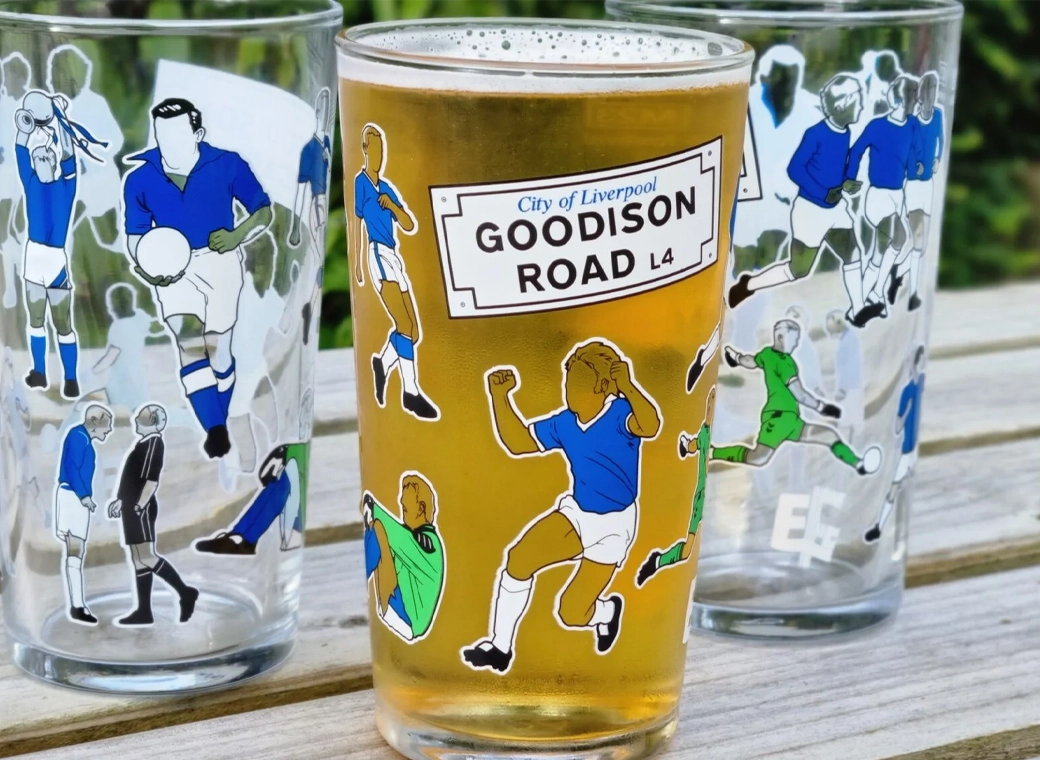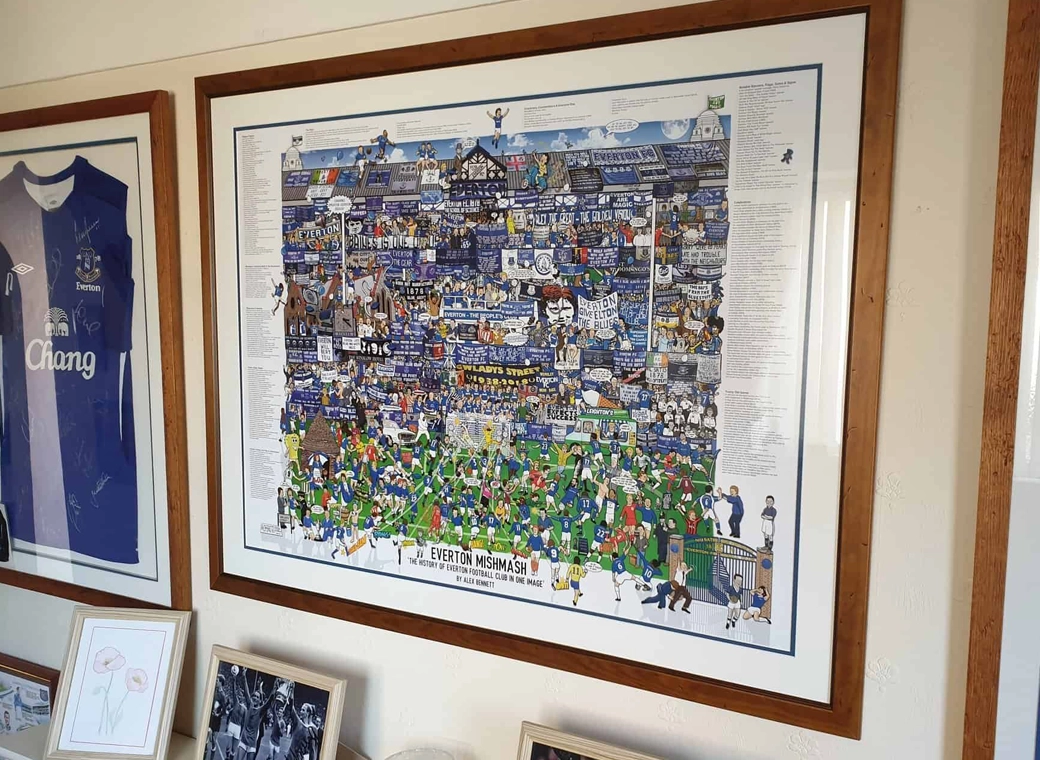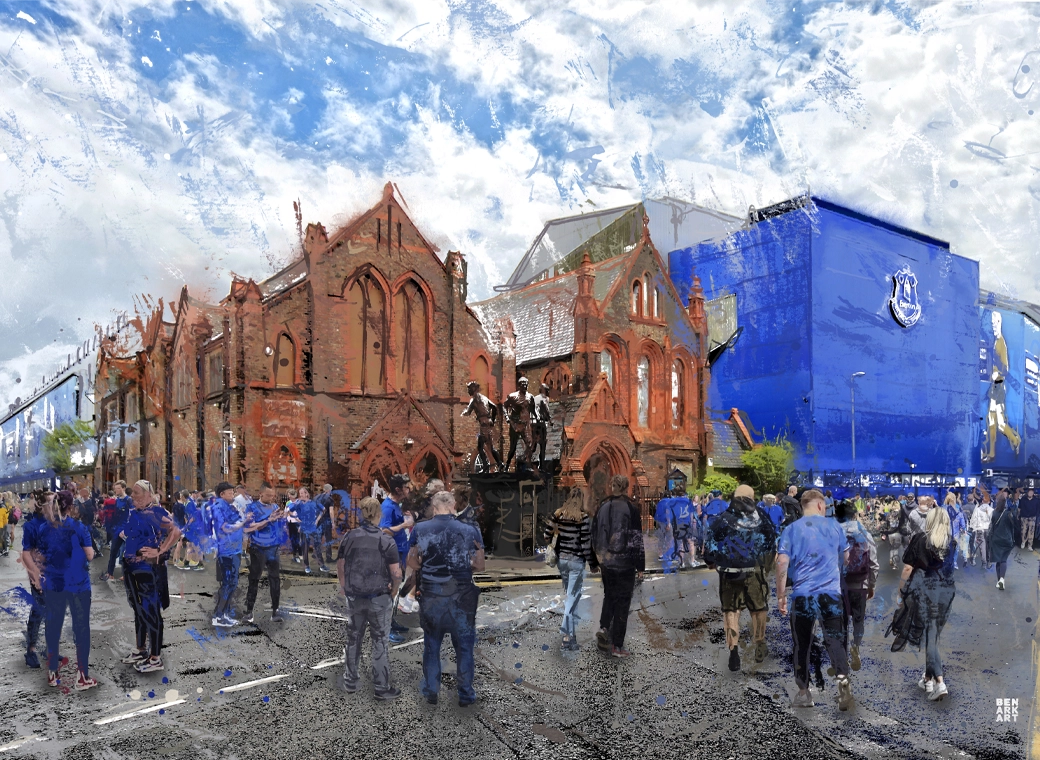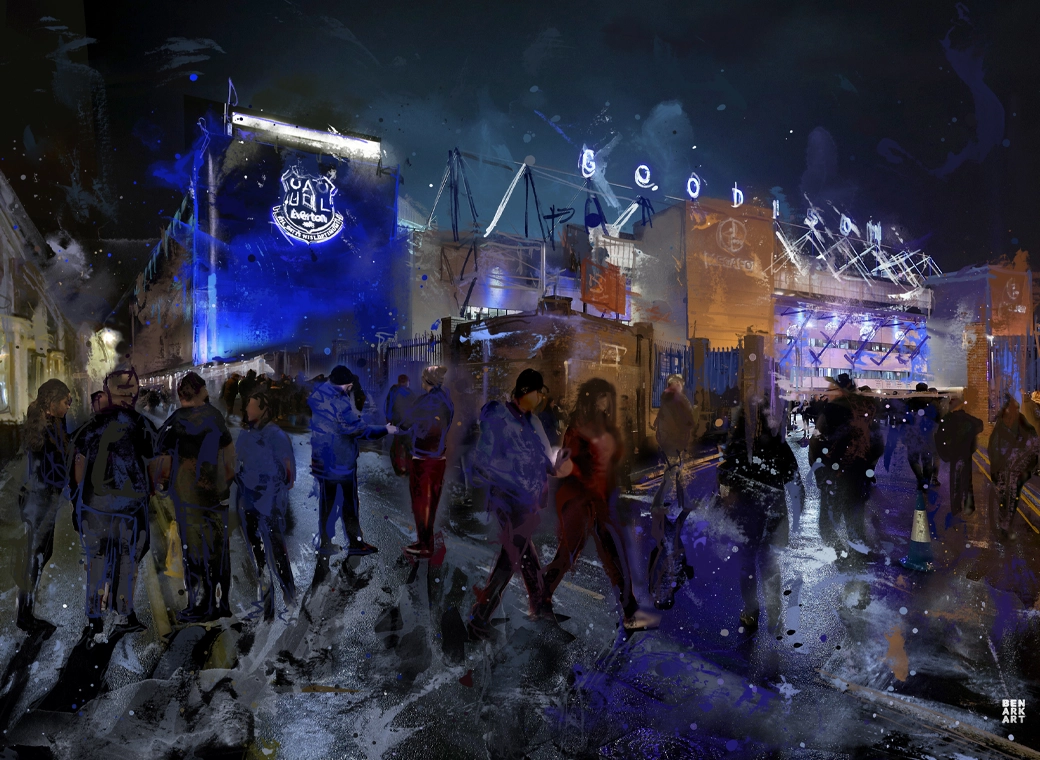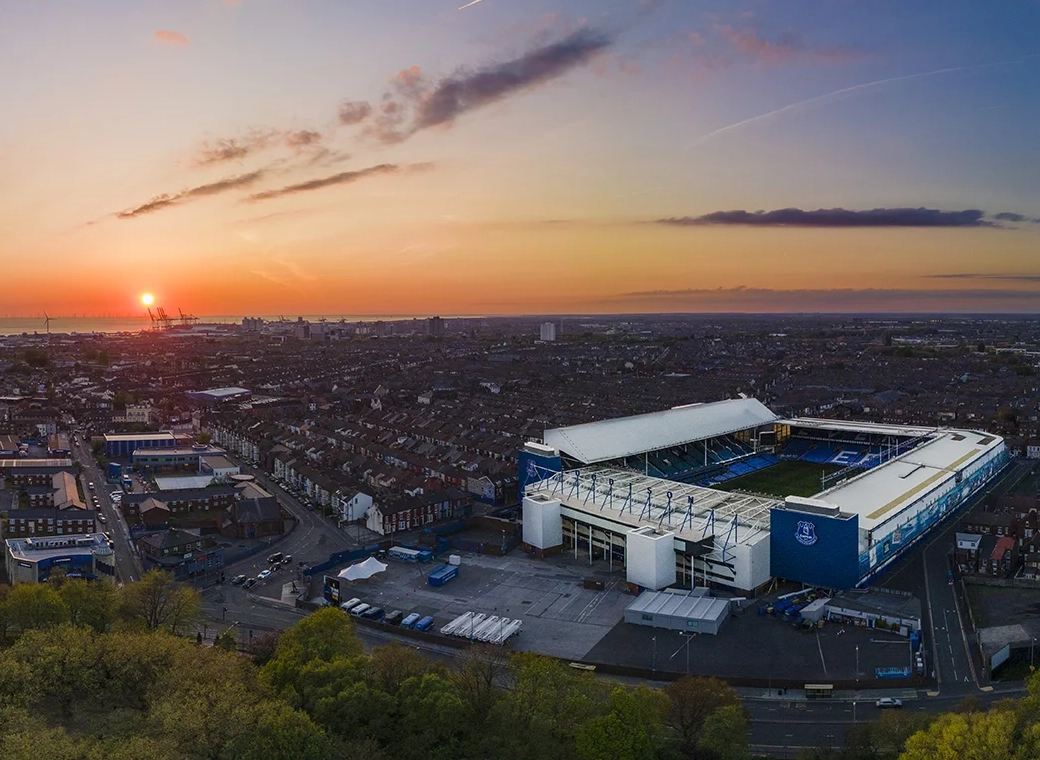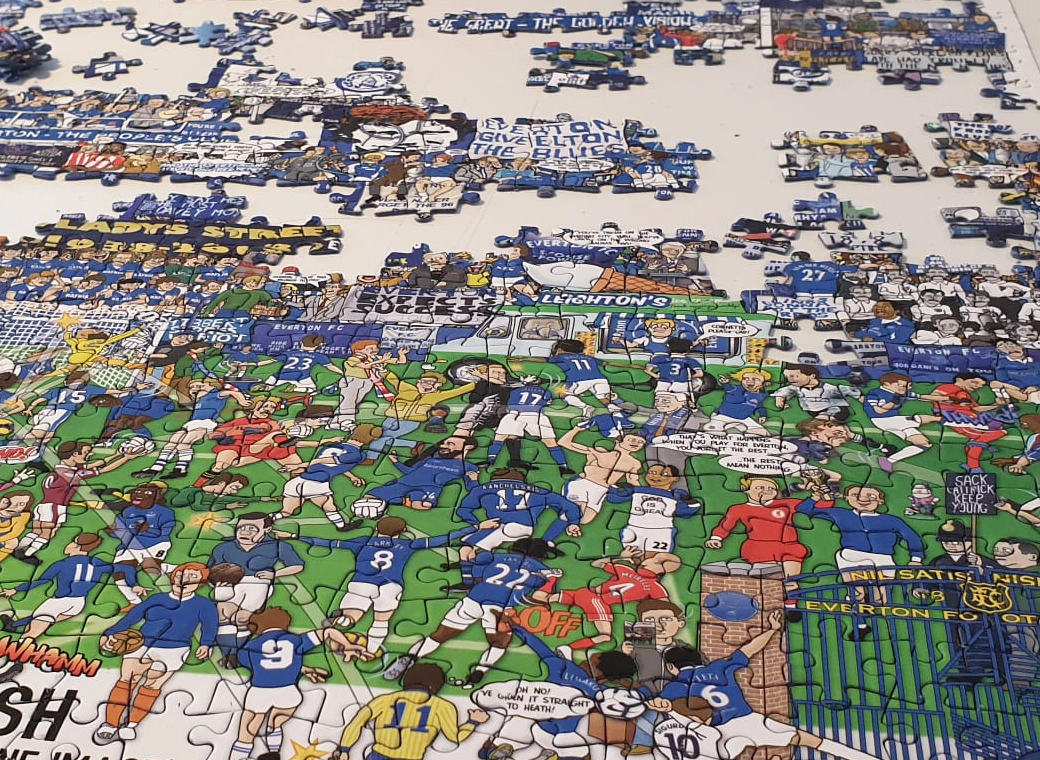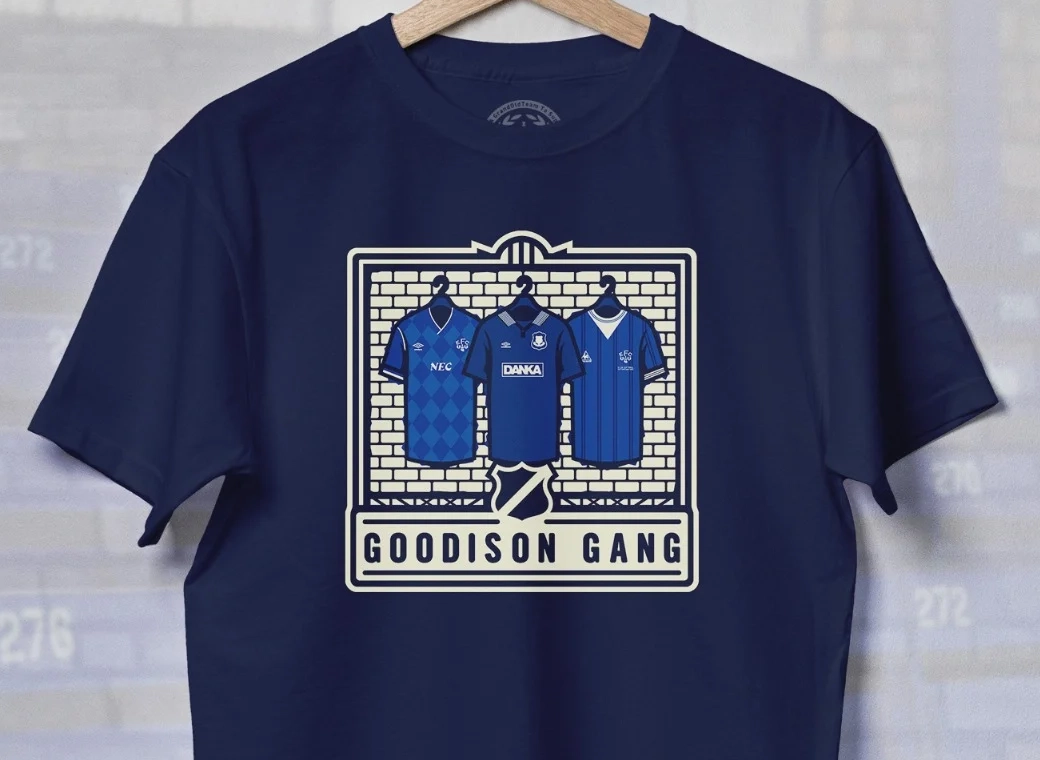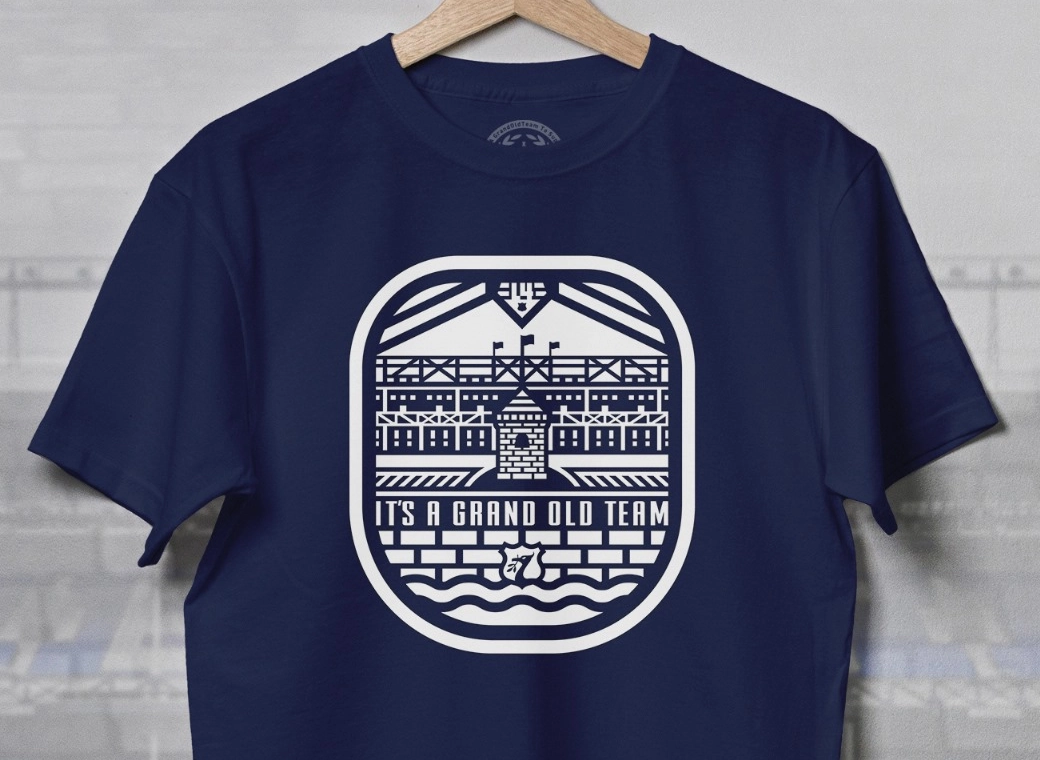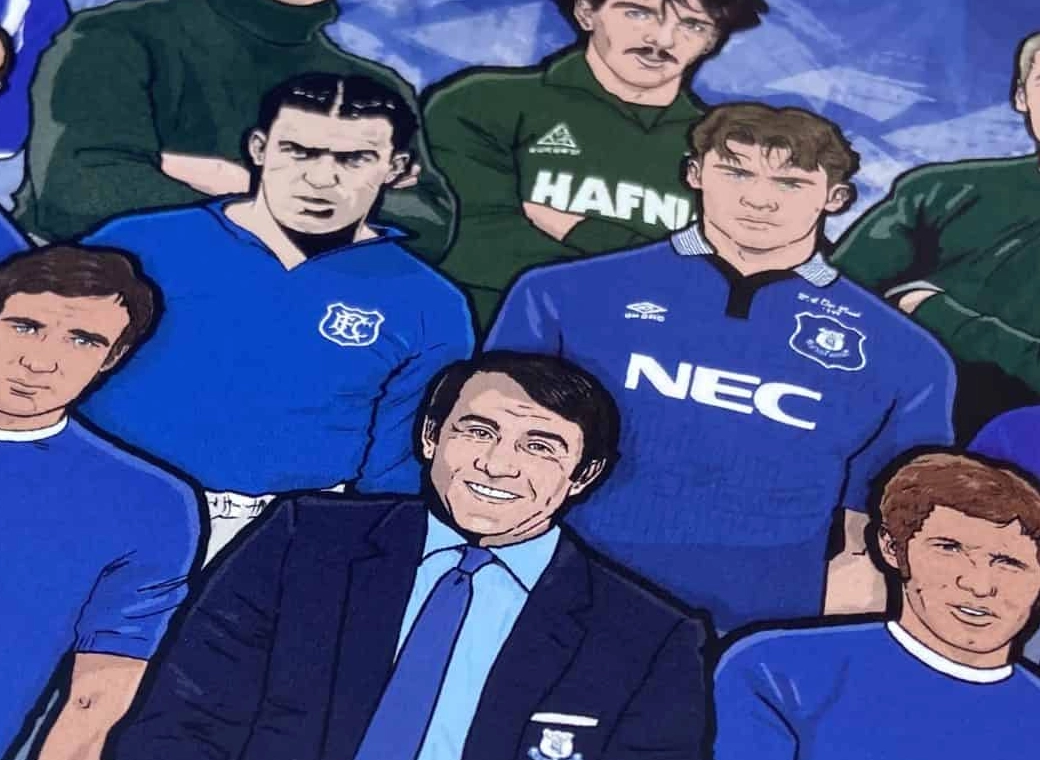You are using an out of date browser. It may not display this or other websites correctly.
You should upgrade or use an alternative browser.
You should upgrade or use an alternative browser.
Shut up and take my money
- Thread starter SpurtingLesbian
- Start date
- Status
- Not open for further replies.
You could have at least linked to it through here.....there's these from Amazon WITH 3-D EARS!!!
http://www.amazon.co.uk/Mens-Star-Trek-Spock-Socks/dp/B00FBNOSWC
https://www.grandoldteam.com/forum/threads/amazon.77220/
SpurtingLesbian
Ken Dodd Nagasaki
This is trueYou could have at least linked to it through here.....
https://www.grandoldteam.com/forum/threads/amazon.77220/
*wrist slapped*
ijjysmith
Calm
But but but mini fridge of frozen Han Solo
Why have a mini fridge when you can have....

SpurtingLesbian
Ken Dodd Nagasaki
Life-Size Lego Mugs Let You Sip Coffee Like a Minifig

Your Minifigs have been drinking coffee and tea from these Lego mugs for decades now, but have you ever wondered what it’s like to sip from them using those giant handles? Now’s your chance to find out.
The Lego Store is officially selling these upscaled and stackable Minifig mugs—$13 each in red, blue, or transparent purple—that still have those comically over-sized handles. At Minifig-scale they make it easier for your Lego townsfolk to hold onto them, but at human-scale they’re just ridiculous in the best way possible.

Your Minifigs have been drinking coffee and tea from these Lego mugs for decades now, but have you ever wondered what it’s like to sip from them using those giant handles? Now’s your chance to find out.
The Lego Store is officially selling these upscaled and stackable Minifig mugs—$13 each in red, blue, or transparent purple—that still have those comically over-sized handles. At Minifig-scale they make it easier for your Lego townsfolk to hold onto them, but at human-scale they’re just ridiculous in the best way possible.
Sorrowful Soul
Player Valuation: £750k
Donald Twain
Vide cor meum
@Spocks-a-BlueFor the things that are so awesome you might as well just give them your PIN number

SpurtingLesbian
Ken Dodd Nagasaki
Donald Twain
Vide cor meum
I cant say this without doing the voice , impossible.
SpurtingLesbian
Ken Dodd Nagasaki

Museums are a great service to the population, bringing art and artefacts to people who otherwise wouldn't have access to such rarities. The Mini Museum also brings artefacts to the people, but in a much less public way. After buying one, customers receive their own block of resin with a number of tiny specimens encased inside. The inventory of these miniature museums is fairly impressive, including bits of Stegosaurus bone, mammoth meat, and the Berlin Wall. Instead of walking through the wide halls of a museum, owners of the Mini Museum can just sit at their desk and admire their portable collection.
These artifacts come from creator Hans Fex, who has been collecting since he was young. At age 11, Fex came up with the idea for the museum blocks, and has since been collecting items with the intention of eventually breaking off small pieces to share with the world.
Each artifact found in the miniature museums has been confirmed as authentic—Fex met with curators, got pieces examined by experts, and even obtained some of the materials himself (he went all the way to Romania to scoop dirt from Vlad the Impaler's castle). The hard work cost an estimated $300,000, and eventually led him to quit his job to focus on the project.

Luckily, his devotion paid off: During his first Kickstarter campaign last year, 5,030 backers pledged a whopping $1,226,811. Fex meticulously crafted each purchased Mini Museum by hand, carefully placing each bit of history in one of thousands of blocks of resin. Each block also came with a piece of microfilm labeled "gratitude," which contained a list of the backers' names as well as a piece of Fex's beard.
Fex and customers alike were pleased with the results, leading to a second Kickstarter campaign, which is still going. This time, customers can buy mammoth meat, medieval chain mail, dinosaur skin, and more, all encased in high-quality acrylic. The Mini Museums come in three sizes, with varying numbers of specimens. If you ever wanted to own a tiny piece of Mt. Fuji or some grains of Japanese star sand, now is your chance.
The Cowboy
Player Valuation: £60m
Love it. Can't afford one, but absolutely would love to own one of those.
Museums are a great service to the population, bringing art and artefacts to people who otherwise wouldn't have access to such rarities. The Mini Museum also brings artefacts to the people, but in a much less public way. After buying one, customers receive their own block of resin with a number of tiny specimens encased inside. The inventory of these miniature museums is fairly impressive, including bits of Stegosaurus bone, mammoth meat, and the Berlin Wall. Instead of walking through the wide halls of a museum, owners of the Mini Museum can just sit at their desk and admire their portable collection.
These artifacts come from creator Hans Fex, who has been collecting since he was young. At age 11, Fex came up with the idea for the museum blocks, and has since been collecting items with the intention of eventually breaking off small pieces to share with the world.
Each artifact found in the miniature museums has been confirmed as authentic—Fex met with curators, got pieces examined by experts, and even obtained some of the materials himself (he went all the way to Romania to scoop dirt from Vlad the Impaler's castle). The hard work cost an estimated $300,000, and eventually led him to quit his job to focus on the project.

Luckily, his devotion paid off: During his first Kickstarter campaign last year, 5,030 backers pledged a whopping $1,226,811. Fex meticulously crafted each purchased Mini Museum by hand, carefully placing each bit of history in one of thousands of blocks of resin. Each block also came with a piece of microfilm labeled "gratitude," which contained a list of the backers' names as well as a piece of Fex's beard.
Fex and customers alike were pleased with the results, leading to a second Kickstarter campaign, which is still going. This time, customers can buy mammoth meat, medieval chain mail, dinosaur skin, and more, all encased in high-quality acrylic. The Mini Museums come in three sizes, with varying numbers of specimens. If you ever wanted to own a tiny piece of Mt. Fuji or some grains of Japanese star sand, now is your chance.
Pat's Van
Player Valuation: £70m
pleased to say I own a small piece of mount fuji lava from a trip to japan a few years ago
Museums are a great service to the population, bringing art and artefacts to people who otherwise wouldn't have access to such rarities. The Mini Museum also brings artefacts to the people, but in a much less public way. After buying one, customers receive their own block of resin with a number of tiny specimens encased inside. The inventory of these miniature museums is fairly impressive, including bits of Stegosaurus bone, mammoth meat, and the Berlin Wall. Instead of walking through the wide halls of a museum, owners of the Mini Museum can just sit at their desk and admire their portable collection.
These artifacts come from creator Hans Fex, who has been collecting since he was young. At age 11, Fex came up with the idea for the museum blocks, and has since been collecting items with the intention of eventually breaking off small pieces to share with the world.
Each artifact found in the miniature museums has been confirmed as authentic—Fex met with curators, got pieces examined by experts, and even obtained some of the materials himself (he went all the way to Romania to scoop dirt from Vlad the Impaler's castle). The hard work cost an estimated $300,000, and eventually led him to quit his job to focus on the project.

Luckily, his devotion paid off: During his first Kickstarter campaign last year, 5,030 backers pledged a whopping $1,226,811. Fex meticulously crafted each purchased Mini Museum by hand, carefully placing each bit of history in one of thousands of blocks of resin. Each block also came with a piece of microfilm labeled "gratitude," which contained a list of the backers' names as well as a piece of Fex's beard.
Fex and customers alike were pleased with the results, leading to a second Kickstarter campaign, which is still going. This time, customers can buy mammoth meat, medieval chain mail, dinosaur skin, and more, all encased in high-quality acrylic. The Mini Museums come in three sizes, with varying numbers of specimens. If you ever wanted to own a tiny piece of Mt. Fuji or some grains of Japanese star sand, now is your chance.
Pat's Van
Player Valuation: £70m
MODS!!! deal with this saucy banter at once !!I own a piece of yer mas fuji
- Status
- Not open for further replies.








